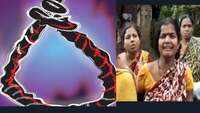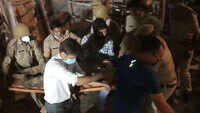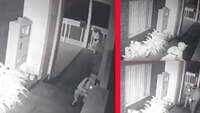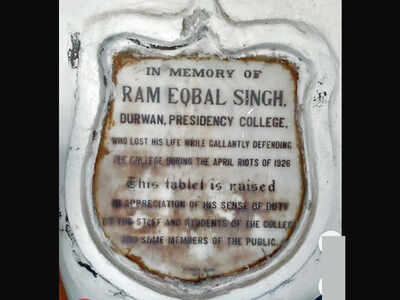
A durwan at Presidency College gave up his life defending the college during the April riots of 1926. The students, staff and public installed a plaque in his memory.
A group of students grieved by the passing of a classmate in September 1924 decided to install a plaque in his memory.
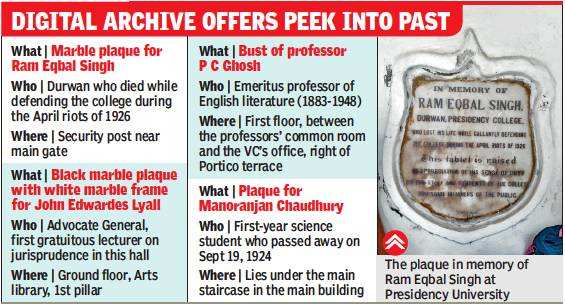
Robert Henry Halfard, appointed to teach at the college in May 1940, was so fond of using long words — and probably not a big believer of exercise — that, when asked by the head of another institution to preside over a prize distribution ceremony, he declined saying, “I am a vegetable being, averse to locomotion.”
Students of third-year English and other humanities departments in Presidency University have sought out the history of the numerous plaques, paintings and monuments, documenting the stories and interpreting the legacy of the 203-year-old institution. While some of these reflect the global reach of Presidency, others depict the teacher-student bond.
“The statues and plaques at Presidency University are gateways into the past, as well as a call to read history in infinitely many ways. The statues and plaques — many of them of individuals who came from distant lands and left their mark on the institution — are proof of the global reach of the then Hindu College,” said Sourav Chattopadhyay, project leader and student of UG III, English.
The digital archive, available online, is an attempt to tell these stories, most of which trace their origin to the Colonial past. The project leaders also stumbled upon something interesting in terms of gender index in the college which allowed women students only in 1944. The first woman professor joined in 1959. “We found no commemoration of the history of women’s presence on campus,” said Sohini Sengupta, project leader and student of UG III, English.
Some of the earliest plaques on the campus were designed by P Swaries & Company, with offices at 69, Bentinck Street. They were famous for organizing funeral services. Gravestones designed by them can still be found in the Scottish Cemetery and the Greek Cemetery.
“The many plaques, paintings and statues in Presidency have rich stories to tell about the university and the history of Bengal. The Presidency Plaques Project (PPP) takes one on a journey back in time that is nevertheless important for appreciating our present,” Souvik Mukherjee, assistant professor and head of the department, English, writes in the foreword.
A group of students grieved by the passing of a classmate in September 1924 decided to install a plaque in his memory.

Robert Henry Halfard, appointed to teach at the college in May 1940, was so fond of using long words — and probably not a big believer of exercise — that, when asked by the head of another institution to preside over a prize distribution ceremony, he declined saying, “I am a vegetable being, averse to locomotion.”
Students of third-year English and other humanities departments in Presidency University have sought out the history of the numerous plaques, paintings and monuments, documenting the stories and interpreting the legacy of the 203-year-old institution. While some of these reflect the global reach of Presidency, others depict the teacher-student bond.
“The statues and plaques at Presidency University are gateways into the past, as well as a call to read history in infinitely many ways. The statues and plaques — many of them of individuals who came from distant lands and left their mark on the institution — are proof of the global reach of the then Hindu College,” said Sourav Chattopadhyay, project leader and student of UG III, English.
The digital archive, available online, is an attempt to tell these stories, most of which trace their origin to the Colonial past. The project leaders also stumbled upon something interesting in terms of gender index in the college which allowed women students only in 1944. The first woman professor joined in 1959. “We found no commemoration of the history of women’s presence on campus,” said Sohini Sengupta, project leader and student of UG III, English.
Some of the earliest plaques on the campus were designed by P Swaries & Company, with offices at 69, Bentinck Street. They were famous for organizing funeral services. Gravestones designed by them can still be found in the Scottish Cemetery and the Greek Cemetery.
“The many plaques, paintings and statues in Presidency have rich stories to tell about the university and the history of Bengal. The Presidency Plaques Project (PPP) takes one on a journey back in time that is nevertheless important for appreciating our present,” Souvik Mukherjee, assistant professor and head of the department, English, writes in the foreword.

Coronavirus outbreak
Trending Topics
LATEST VIDEOS
More from TOI
Navbharat Times
Featured Today in Travel
Get the app

